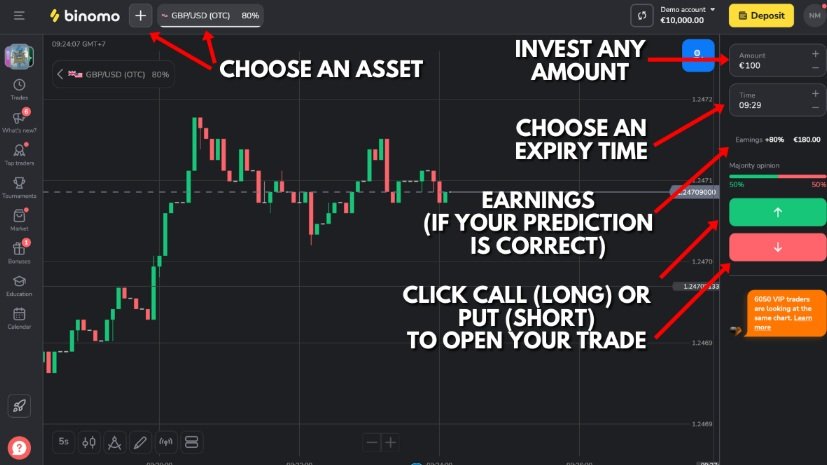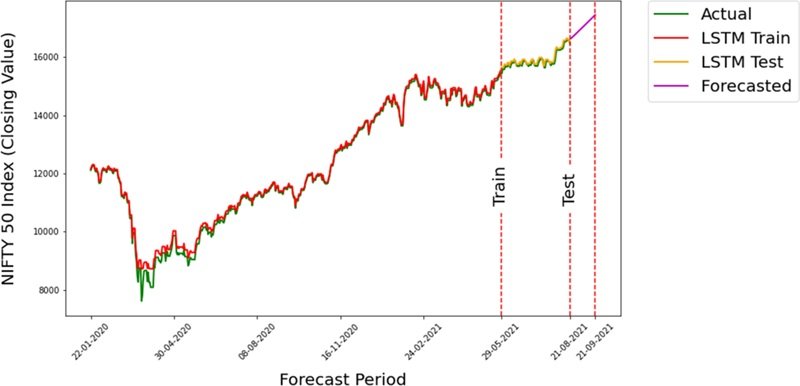When you look at a stock chart, you’re seeing more than just data points—you’re witnessing human behavior. Every candle, spike, or dip is a reflection of fear, greed, confidence, or hesitation. This invisible force, known as market sentiment, is often the hidden hand behind volatile price swings. If you can learn to read it, you can begin to trade smarter—possibly even ahead of the curve.
But how can everyday investors keep up with this emotional undercurrent of the markets? That’s where platforms like the Stockity trading platform and Stockity web step in. They bridge the gap between data and human psychology, offering tools that help you decode what the market is feeling—so you can act with confidence.
Let’s break down what market sentiment really is, why it matters, and how you can harness it for better trading outcomes.
What Is Market Sentiment?
At its core, market sentiment is the overall attitude of investors toward a particular financial market or asset. It’s the emotional tone that influences whether traders feel optimistic (bullish) or pessimistic (bearish).
Unlike traditional financial indicators such as earnings reports or GDP data, sentiment is not always rational. It’s often based on perception, speculation, and media influence. Yet it’s one of the most powerful drivers of price action in any market.
For example, even strong earnings may not lift a stock if sentiment is bearish. Conversely, poor financials might be ignored if the crowd is overwhelmingly optimistic.
Why Sentiment Moves Markets Faster Than News
Imagine two traders receiving the same news: a company misses its revenue targets. One might panic and sell immediately. The other might hold, believing it’s a short-term dip. Multiply this reaction by millions of market participants, and you get a volatile, emotion-driven movement.
News, social media chatter, and economic rumors all stir emotional responses that lead to herd behavior. Fear of missing out (FOMO), panic selling, or irrational exuberance—these are all symptoms of market sentiment.
That’s why understanding this “hidden force” can give you a crucial edge—especially when using tools designed to help you read that sentiment effectively.
Tools That Help You Track Market Emotion
You don’t need to be a mind reader to understand market sentiment—you just need the right tools.
The Stockity trading platform is built with real-time monitoring features that help traders track sudden shifts in momentum, volume, and volatility—common signs of emotional behavior in the market. From binary options to indices and forex, the platform gives you access to sentiment-influenced assets with clear indicators.
Meanwhile, the Stockity web interface is optimized for accessibility and ease. It provides sentiment analysis dashboards, asset performance insights, and customizable alerts—all through a web-based system that doesn’t require downloads.
Whether you’re watching for bullish enthusiasm or bearish panic, these tools can alert you when market emotion might be about to cause a significant price move.
Key Sentiment Indicators to Watch
To effectively read market sentiment, keep an eye on these vital indicators:
1. Volume Surges
A rapid spike in volume usually means a large group of traders is reacting emotionally. The direction—up or down—tells you whether that emotion is optimism or fear.
2. Put/Call Ratio
This options market indicator measures bearish vs. bullish sentiment. A high ratio suggests fear, while a low ratio signals confidence or even complacency.
3. Social Media and News Flow
Viral headlines or trending topics can influence markets in unexpected ways. Keeping tabs on sentiment-driven news cycles helps you prepare for shifts in volatility.
4. Volatility Index (VIX)
Often called the “fear index,” the VIX measures expected volatility. When it spikes, it generally reflects growing anxiety among traders.
With the Stockity web interface, you can monitor these data points in real time and customize your dashboard based on the indicators that matter most to your trading strategy.
Why Most Traders Ignore Sentiment—and Why That’s a Mistake
New and experienced traders alike often rely too heavily on charts, indicators, and fundamental news. While these are essential, they only tell part of the story.
What many fail to consider is how other traders will interpret that data, or how mass emotion might distort logic. By factoring in sentiment, you’re not just analyzing the market—you’re predicting how the crowd might behave next.
Using the Stockity trading platform, you can blend traditional technical tools with behavioral insights, giving you a more complete market picture.
Practical Ways to Trade with Sentiment in Mind
Here are a few actionable steps you can take to incorporate sentiment into your strategy:
- Set Alerts for Emotional Indicators: Use tools like volume spikes or sharp price reversals to get notified when sentiment may be shifting.
- Avoid Overcrowded Trades: If everyone is rushing into one asset (e.g., after a viral tweet), it may be nearing a reversal point.
- Trade Against the Crowd—Carefully: Contrarian traders often capitalize when sentiment becomes extreme. Just be sure to use stop-losses and confirm with technical signals.
The Stockity web system can help you backtest these strategies and track market behavior historically to understand how emotion has shaped past outcomes.
Final Thoughts: Trade Smarter by Trading Emotionally Aware
Markets are not machines—they are emotional organisms. Recognizing the role of sentiment in market behavior can help you avoid costly mistakes, seize hidden opportunities, and trade with greater confidence.
Instead of flying blind into every trade, leverage platforms that give you insight into what traders are really feeling. The Stockity trading platform and Stockity web provide exactly that—making it easier than ever to incorporate sentiment analysis into your daily decisions.










